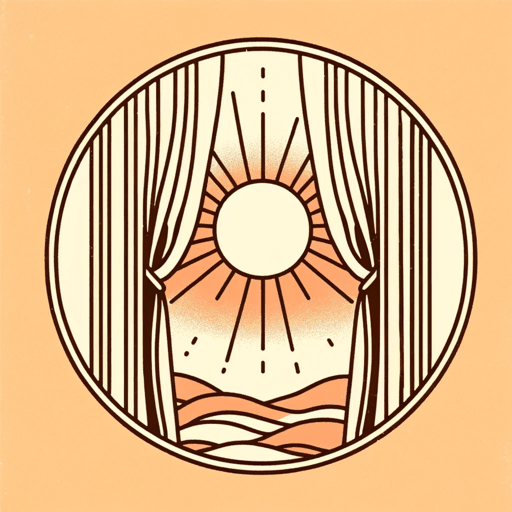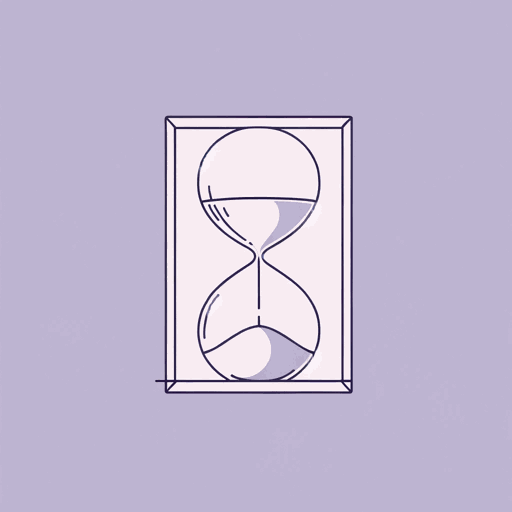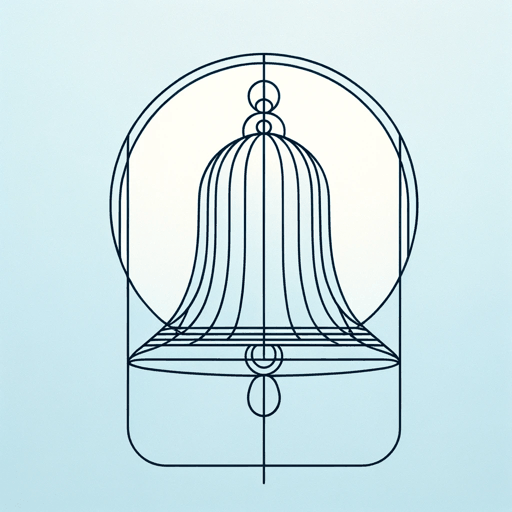18 pages • 36 minutes read
John DonneThe Sun Rising
Fiction | Poem | Adult | Published in 1633A modern alternative to SparkNotes and CliffsNotes, SuperSummary offers high-quality Study Guides with detailed chapter summaries and analysis of major themes, characters, and more.
Background
Literary Context
Poets have often written about the sun in the context of their lady loves. In the 14th century, Italian sonneteer Petrarch addressed Sonnet Number 118 in his collection Il Canzoniere to the sun. He appeals to it in reverential terms, asking it not to depart because he would no longer be able to see his beloved. The poem begins, “Almo sol” (Life-giving sun). Although his poem is also a direct address to the sun, Donne is not about to show the sun that kind of respect, so he begins with an insult: “Busy old fool, unruly sun” (Line 1). Donne follows Petrarch, however, in ascribing to his lover all the beauty and riches of the world.
It was also common in the Renaissance for poets to compare the brightness of their lover’s eyes to the sun or other celestial body. In Shakespeare’s Romeo and Juliet, for example, Romeo says Juliet’s eyes are brighter than the stars. Also, when he sees a light at the window of the balcony and Juliet appears, Romeo exclaims, “[i]t is the East and Juliet is the sun!” (Act 2, Scene 2, Line 3).
Related Titles
By John Donne







